Paperhome, A Compact House That Offers More Productive Lifestyle



As the fourth most populated city in Indonesia, residential land in the metropolitan area of Bandung city remains limited. Paperhome is a compact house in the touristic Dago suburb, known for a decent and relatively cold tropic weather with scenic viewing at the uphill part of Bandung. Located in the crowded PART of Dago, Paperhome sits at 6×10-metre lot facing northern side. Given a nearby public school and the main street within 20-metre radius, the noise provokes as one of the design challenge.
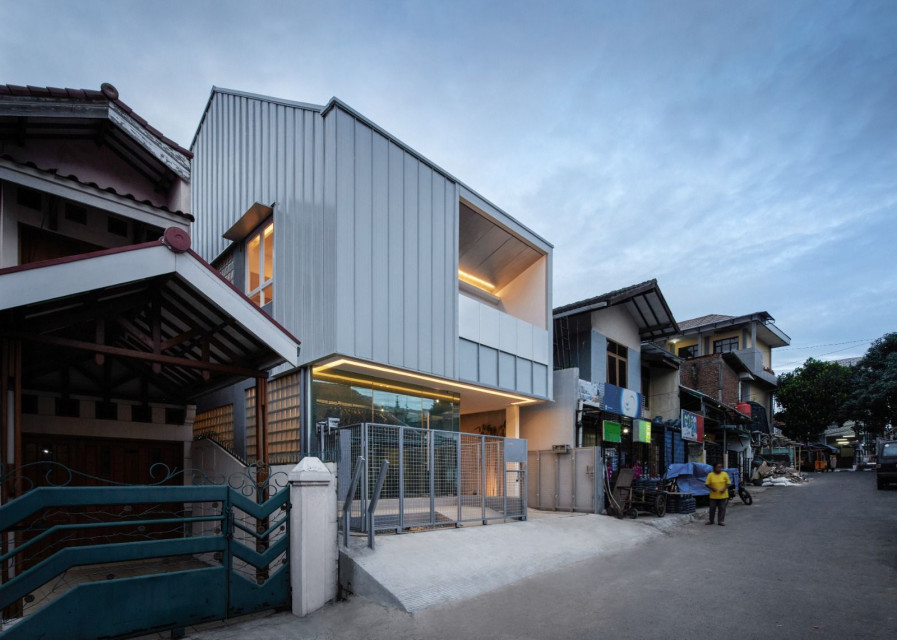
In the post-pandemic living where life is mostly spent at home, the complexity of occupants number and house functions emerge to the point that demands multi-functionality. Merging work and personal living becomes an undeniably necessity, where a compact house offers a more productive lifestyle. Blurring the line between rest, work, and leisure, Paperhome defines a fusion of relaxed home where occupants feel at ease in switching behaviours and emotion towards those distinctive activities. Paperhome is a canvas designated as a family house for gathering and a retail gallery for casual business and exploratory space.
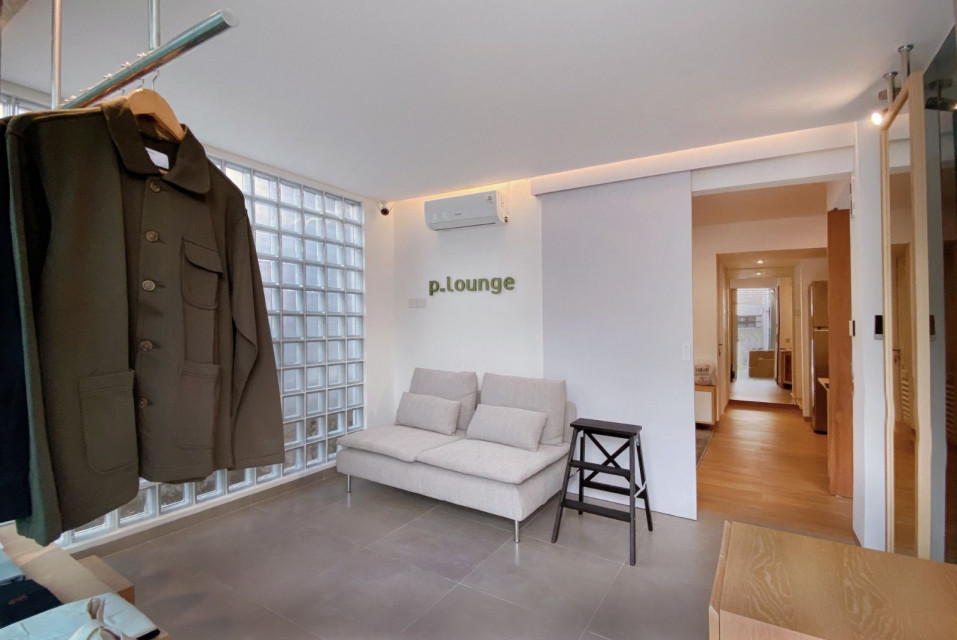
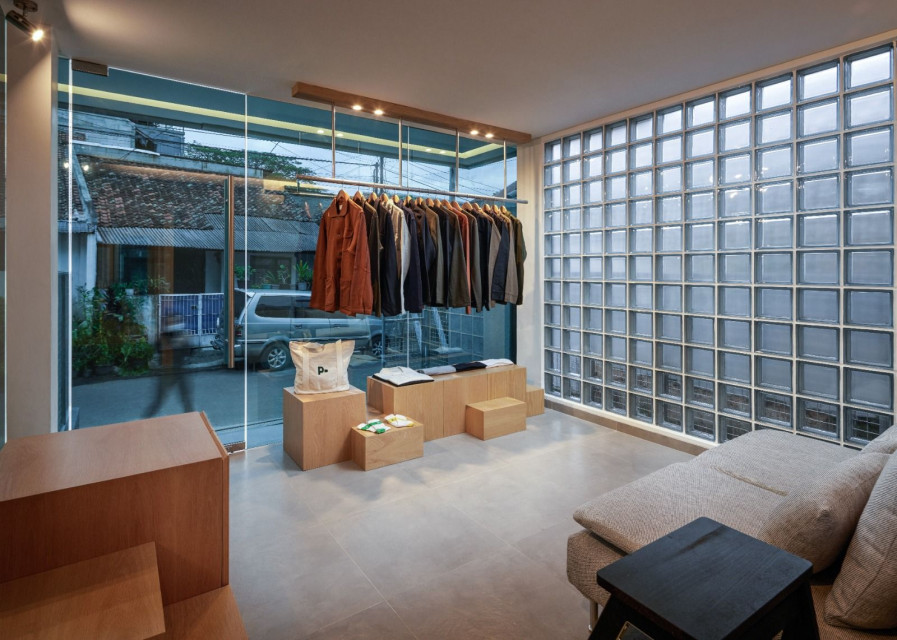
Responding the limited lot in a dense area, removing attachment to the site boundaries becomes one of the main approaches to allow the house having a circulated air flow, natural lighting throughout the day, fire prevention, and reducing noise from the neighborhood. Optimising the building performance itself starts from the layout as a crucial aspect with given challenge in composing the effective layout, such as minimising circulations and arranging the spatial connectivity based on function and privacy.
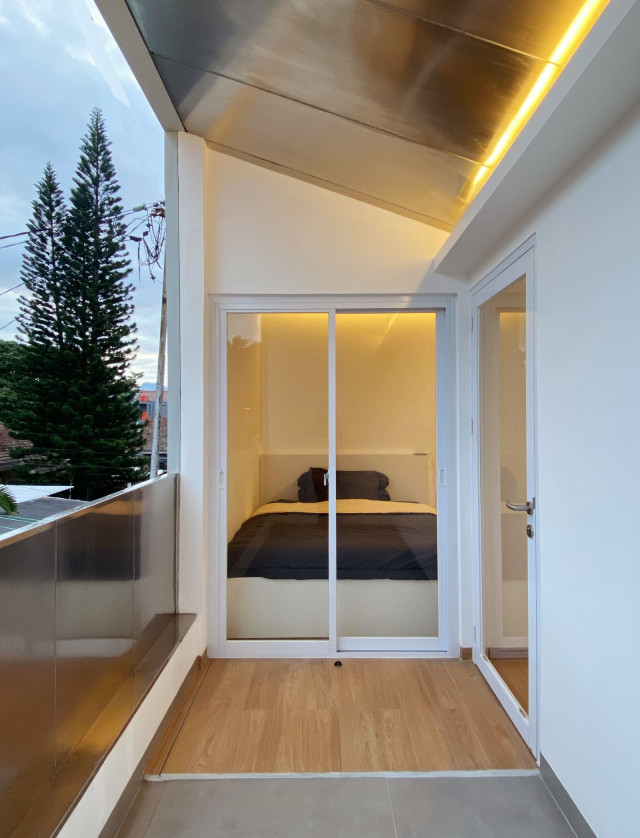
In a compact house, short and efficient utilities flow is essential. Thus, the service and bathroom area for all floors are located at the west side of the house, connected directly to the public gutter next door. Metal cladding with insulation at the northern part of the house aims to decrease noises from the surrounding.
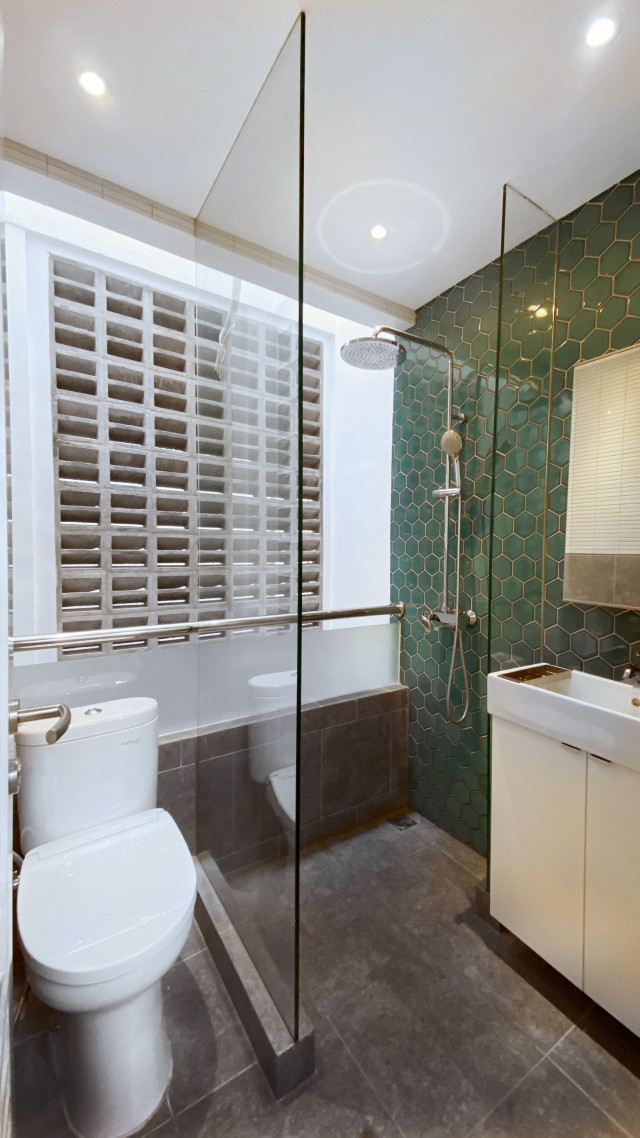
The interior ambiance is dominated by white colour to reflect natural light, glass blocks that act as a wall of light, and compact built-in furniture to maximise every corner. In a compact house, element of void transcends a limited space into a bigger one by connecting each floors with abundant natural lights and circulating air flow to reduce heat and humidity.
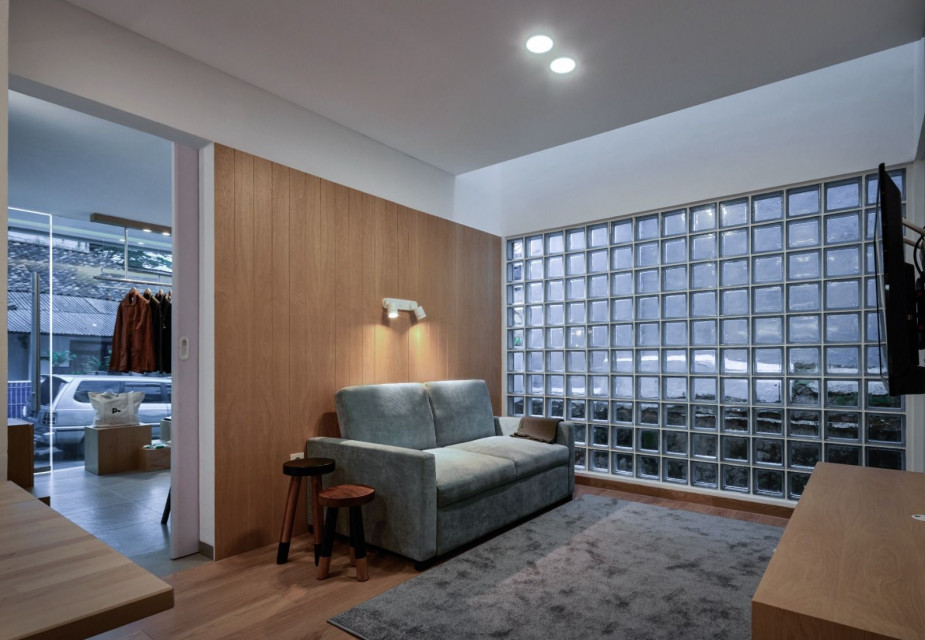
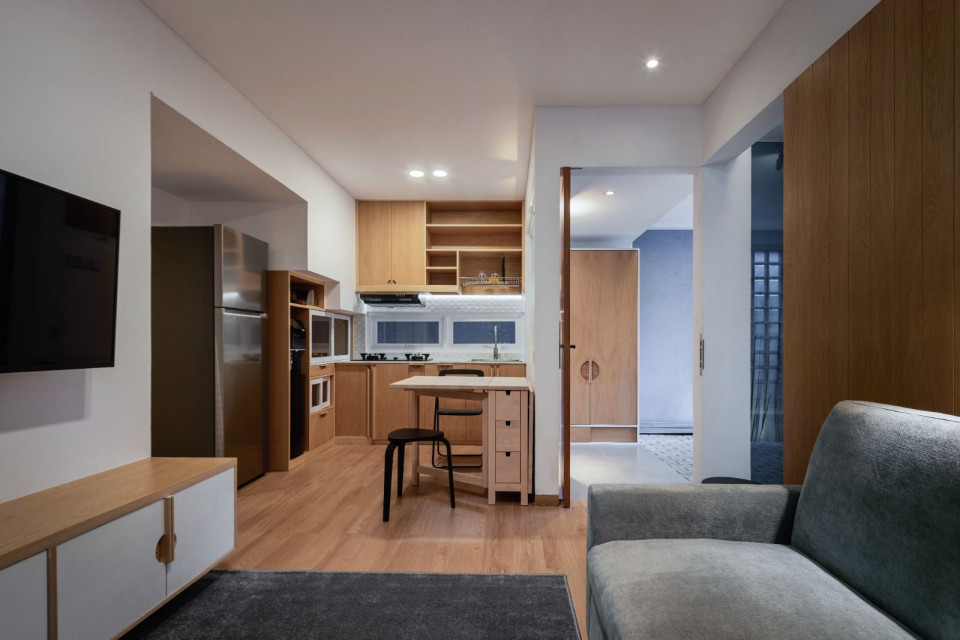




 Australia
Australia
 New Zealand
New Zealand
 Philippines
Philippines
 Hongkong
Hongkong
 Singapore
Singapore
 Malaysia
Malaysia








